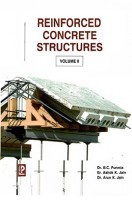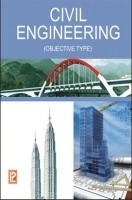Buildings exist to enable collaboration, allowing occupants to be productive, efficient, and creative. Intelligent buildings provide for improved occupant circulation, interaction, and collaboration. Intelligent building is the one that provides a productive and cost-effective environment through optimisation of its four basic elements—structure, systems, services and management—and the interrelationships between them. The intelligent building can adapt itself to maintain an optimized environment. From a design perspective this means attention to how the occupants will circulate through the building.In every country in the world, the built environment normally constitutes more than half of the total national capital investment and construction represents as much as 10% of GDP.
This book Useful for Civil Engineering Students.
1. Intelligent and Green (Smart) Buildings
2. Smart Green Buildings
3. Building Management Systems
4. Programmable Logic Controller
5. PLC : Input and Output Units
6. Sensors, Transducers and Actuators
7. BMS Interfaces
8. Overview of SCADA and Remote Sensing
9. Communications and Networking
10. Wireless Data Communications
11. Intelligent Inter-active and Ergonomical
12. Intelligent Substation and Power Devices
13. Telephone Exchange and Public Call Office
14. Paging and Callback (Voice Alarm) and Public
15. Car Parking
16. Intelligent Addressable Fire Detection and Alarm System
17. Presentation Facilities and Video Conferencing
18. CCTV Based Surveillance Systems
19. Security and Access Control and Biometrics
20. Burglar Alarm and Intrusion Prevention System
21. Elevators and Escalators
22. HVAC Control System and BMS
23. Automatic Controls in Water Supply and Transportation Management
24. Energy Saving Devices and Harnessing Solar Energy
25. Energy Management System (EMS)
26. Web-based Automation or Internet Control
27. Examples of Automation Systems


















